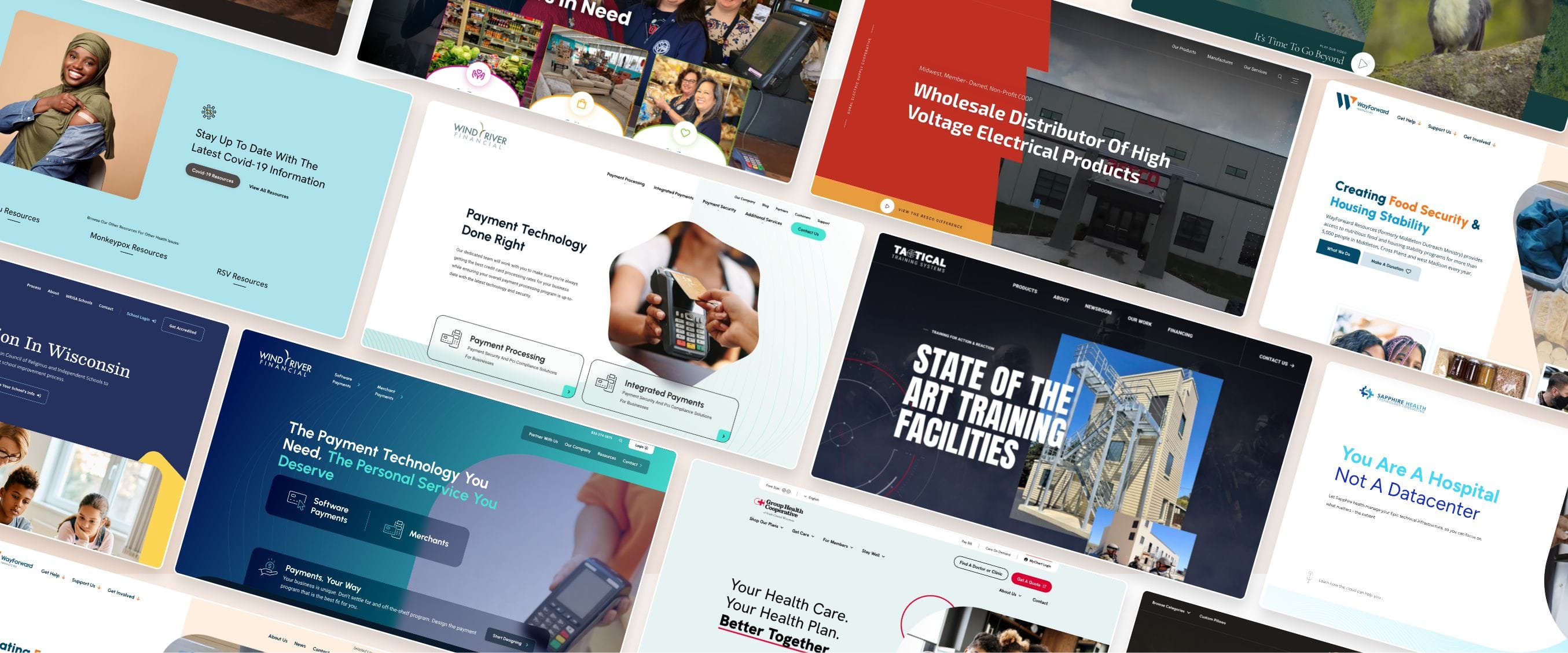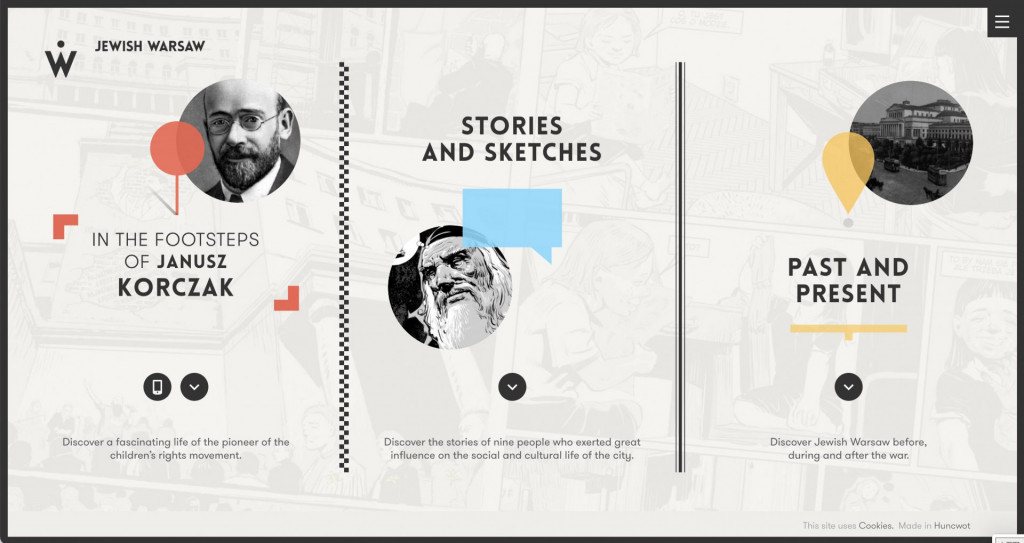Website Design Options for Entrepreneurs on a Tight Budget
Wiki Article
Important Concepts of Website Style: Creating User-Friendly Experiences
By focusing on customer demands and choices, designers can promote interaction and contentment, yet the ramifications of these principles extend beyond mere performance. Recognizing exactly how they intertwine can significantly influence a site's general performance and success, triggering a closer exam of their specific roles and collective influence on user experience.
Value of User-Centered Design
Focusing on user-centered design is important for producing reliable sites that meet the requirements of their target audience. This technique places the individual at the forefront of the layout procedure, ensuring that the internet site not only operates well however additionally resonates with customers on a personal level. By comprehending the customers' choices, goals, and actions, developers can craft experiences that foster interaction and contentment.
Furthermore, embracing a user-centered design philosophy can bring about enhanced availability and inclusivity, accommodating a diverse audience. By thinking about numerous individual demographics, such as age, technological efficiency, and cultural backgrounds, designers can create web sites that rate and practical for all.
Ultimately, focusing on user-centered style not just improves user experience yet can additionally drive vital business outcomes, such as enhanced conversion rates and client commitment. In today's competitive electronic landscape, understanding and prioritizing user requirements is an important success element.
Intuitive Navigating Structures
Effective website navigation is frequently a vital aspect in improving customer experience. Instinctive navigation structures allow customers to discover information quickly and successfully, reducing irritation and raising interaction.To develop instinctive navigation, developers must prioritize clarity. Tags ought to be familiar and detailed to individuals, avoiding lingo or uncertain terms. An ordered framework, with primary categories leading to subcategories, can better aid customers in understanding the partnership in between various sections of the website.
In addition, integrating visual cues such as breadcrumbs can direct individuals through their navigation path, permitting them to conveniently backtrack if needed. The incorporation of a search bar likewise boosts navigability, approving users route access to content without needing to navigate with numerous layers.
Adaptive and responsive Formats
In today's digital landscape, making certain that web sites function flawlessly throughout various tools is crucial for individual complete satisfaction - Website Design. Flexible and receptive designs are two vital techniques that enable this capability, dealing with the diverse variety of screen sizes and resolutions that individuals may experienceResponsive layouts use liquid grids and adaptable pictures, permitting the site to instantly readjust its aspects based on the screen measurements. This technique provides a constant experience, where material reflows dynamically to fit the viewport, which is particularly valuable for mobile users. By using CSS media inquiries, developers can produce breakpoints that maximize the format for different devices without the requirement for separate styles.
Flexible designs, on the other hand, use predefined designs for details display dimensions. When a user accesses the site, the server discovers the tool and offers the ideal format, ensuring an optimized experience for varying resolutions. This can this hyperlink cause much faster loading times and improved performance, as each design is customized to the tool's capacities.
Both receptive and adaptive layouts are essential for enhancing customer involvement and fulfillment, ultimately adding to the site's total efficiency in fulfilling its goals.
Regular Visual Pecking Order
Developing a constant visual power structure is pivotal for leading users through a site's content. This concept guarantees that information is presented in a fashion that is both interesting and user-friendly, allowing customers to easily understand the material and browse. A distinct hierarchy uses different design components, such as size, shade, contrast, and spacing, to create a clear distinction between various sorts of material.
Furthermore, constant application of these aesthetic cues throughout the internet site promotes familiarity and trust fund. Individuals can quickly find out to acknowledge patterns, making their communications extra effective. Ultimately, a solid visual hierarchy not just enhances customer experience however also boosts total site functionality, motivating deeper involvement and promoting the preferred activities on an internet site.
Availability for All Users
Access for all users is a basic element of site design that ensures every person, despite their disabilities or capabilities, can involve with and take advantage of on the internet web content. Designing with availability in mind entails executing methods that suit diverse individual requirements, such as those with aesthetic, auditory, electric motor, or cognitive disabilities.One vital guideline is to stick to the Internet Web Content Accessibility Standards (WCAG), which offer a framework for developing obtainable electronic experiences. This consists of utilizing adequate shade comparison, supplying text options for pictures, and ensuring that navigation is keyboard-friendly. In addition, using receptive design techniques guarantees that web sites operate properly throughout numerous gadgets and screen sizes, additionally boosting access.
Another important variable is making use of clear, succinct language that stays clear of lingo, making material understandable for all individuals. Involving individuals with assistive technologies, such as screen readers, requires careful attention to HTML semantics and ARIA (Easily Accessible Abundant Net Applications) roles.
Eventually, prioritizing availability not just meets legal commitments however likewise expands the target market reach, promoting investigate this site inclusivity and enhancing customer contentment. A commitment to accessibility mirrors a commitment to creating fair digital settings for all users.
Verdict
In conclusion, the necessary principles of web site design-- user-centered style, instinctive navigation, receptive layouts, consistent go to my site aesthetic power structure, and access-- collectively add to the production of user-friendly experiences. Website Design. By focusing on individual requirements and making sure that all individuals can effectively involve with the site, developers improve usability and foster inclusivity. These concepts not just boost user fulfillment yet also drive positive service end results, ultimately showing the critical value of thoughtful internet site design in today's digital landscape
These approaches provide very useful insights into individual assumptions and discomfort factors, allowing developers to customize the internet site's attributes and material accordingly.Effective site navigation is commonly a crucial aspect in improving customer experience.Developing a constant aesthetic pecking order is essential for assisting users via a website's material. Inevitably, a strong visual hierarchy not only boosts individual experience however also improves total website functionality, encouraging deeper involvement and promoting the preferred actions on a site.
These concepts not just enhance user complete satisfaction but additionally drive favorable service results, ultimately demonstrating the essential relevance of thoughtful web site design in today's electronic landscape.
Report this wiki page